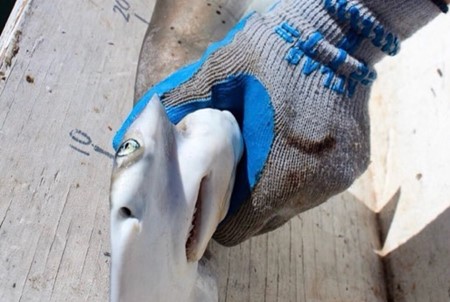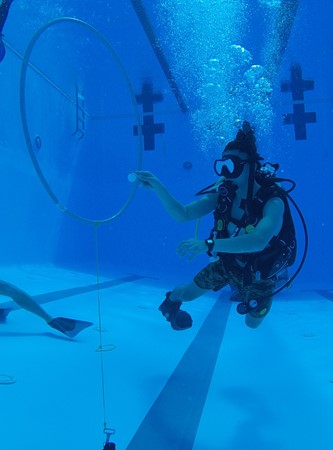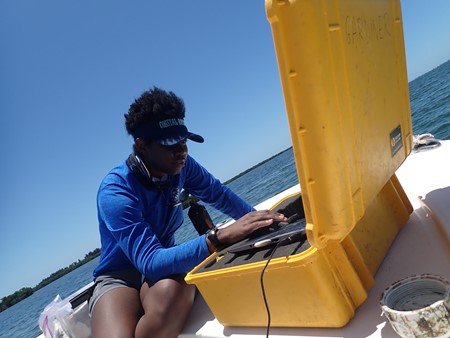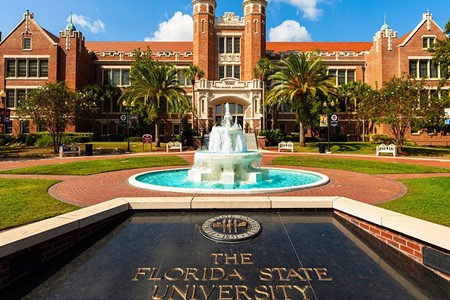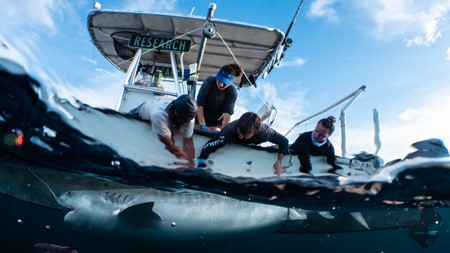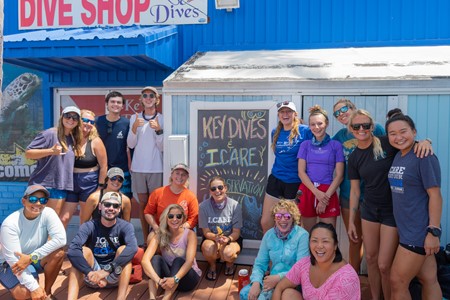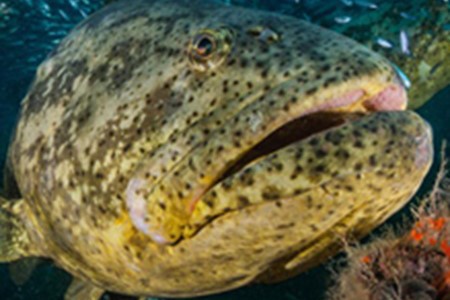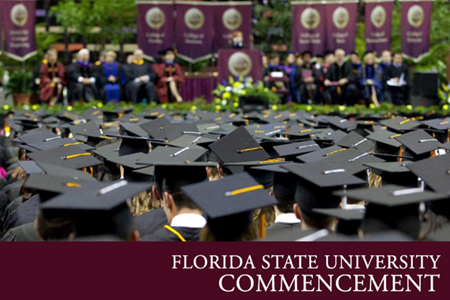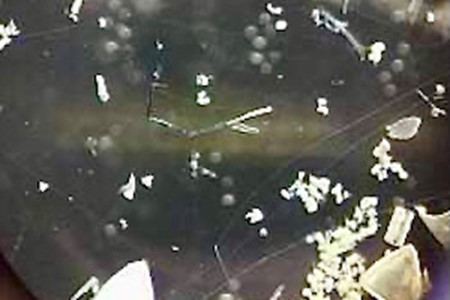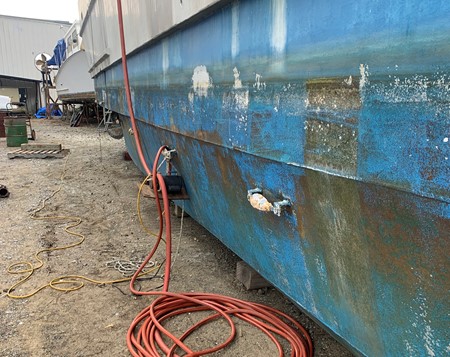Announcing a recent publication in the ‘Fish Movement’ special issue of Environmental Biology of Fishes from Ashley Dawdy, a current PhD student of the Grubbs lab. This publication is a result of Ashley’s undergraduate Honors in the Major thesis, completed here at FSU with former Grubbs lab students Dr. Cheston Peterson and Dr. Bryan Keller!
FSU's Great Give is March 9th!
Mark your calendars! FSU’s Great Give is March 9th! This year, FSUCML is asking you to donate to our Academic Diving Scholarship Fund in hopes of making this a yearly scholarship opportunity. Please donate here on March 9th! https://spark.fsu.edu/fsucmldive


